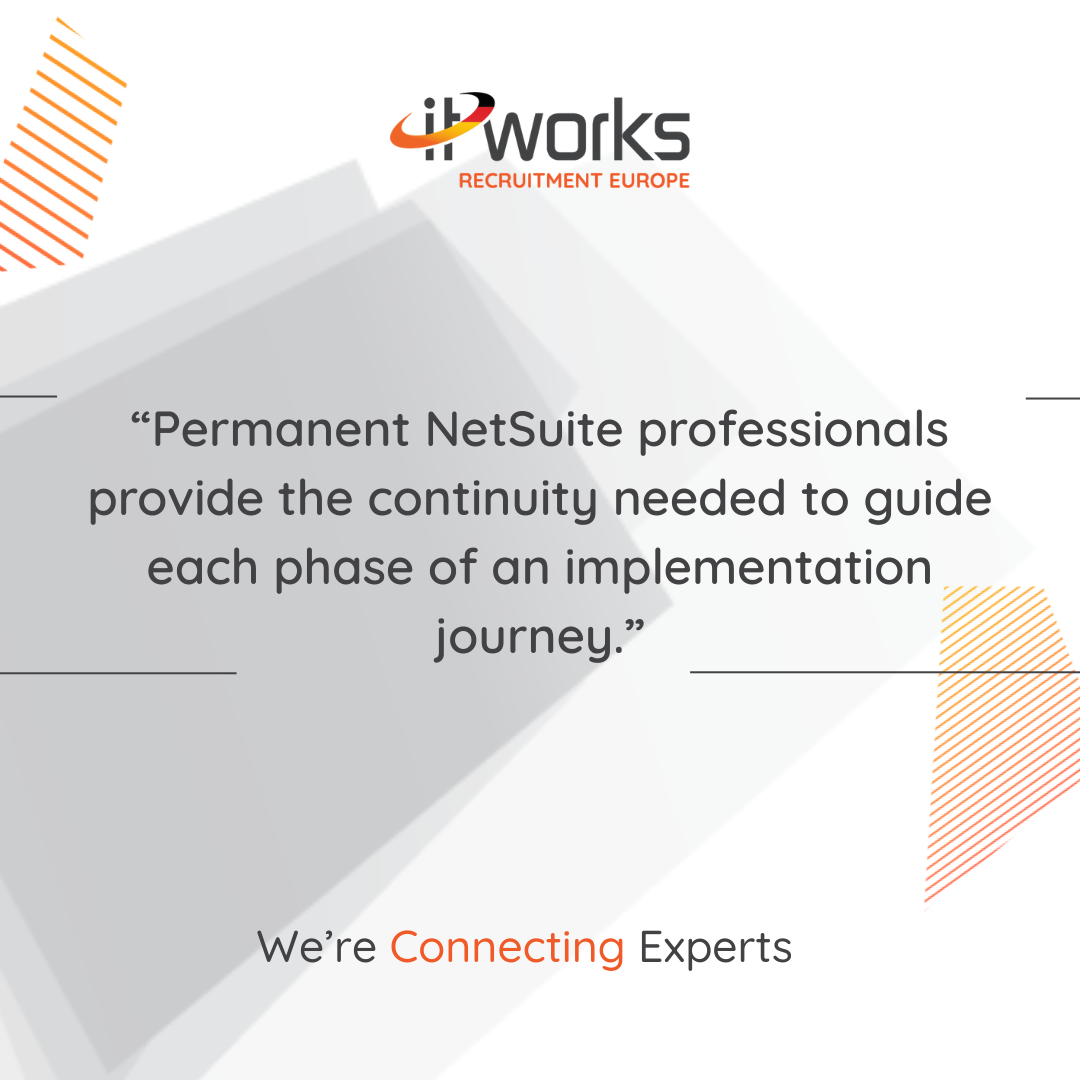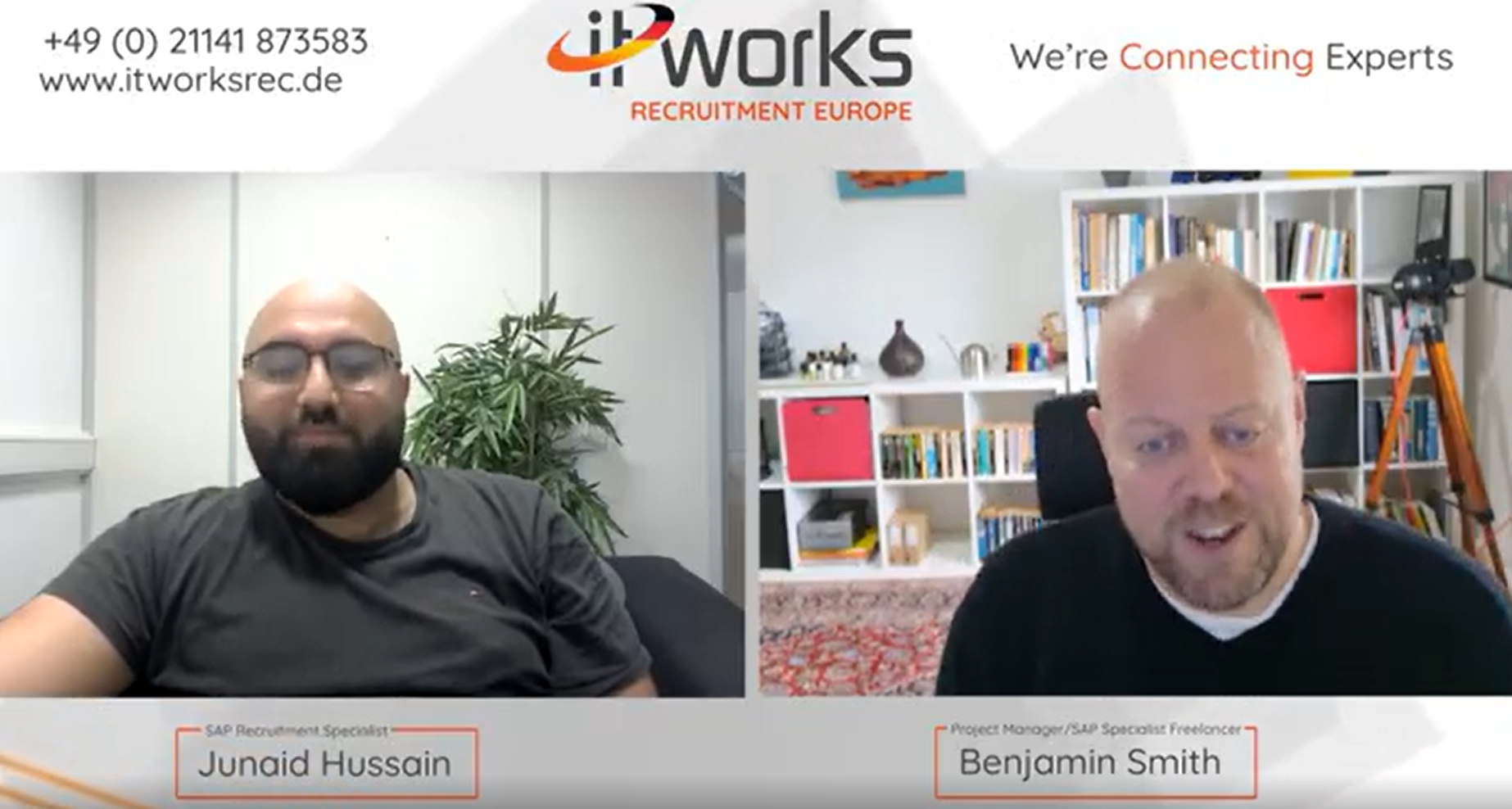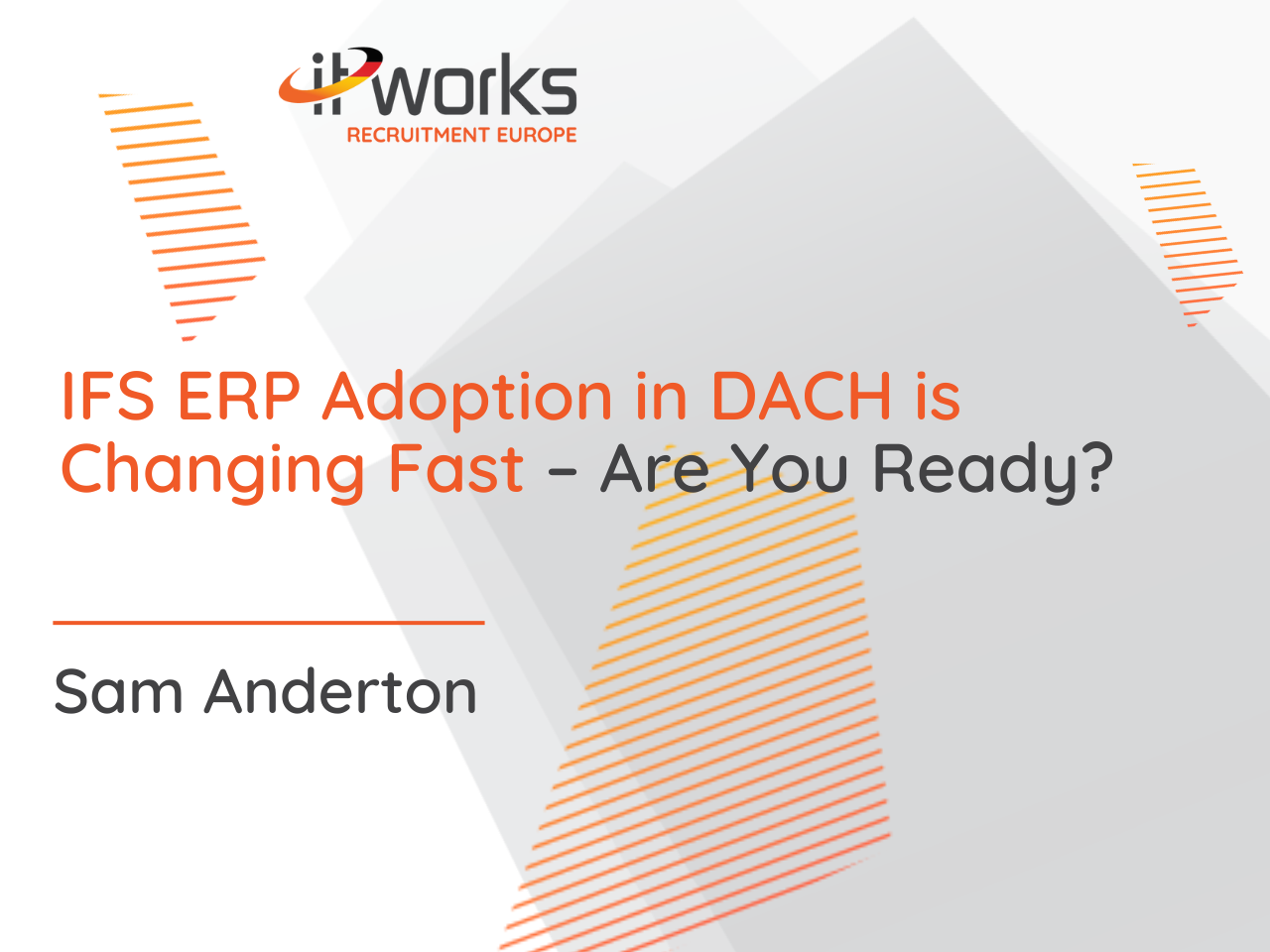NetSuite has become one of Europe’s most talked-about cloud ERP platforms. Businesses across the continent are turning to it for agility, visibility, and control - particularly in the DACH region, where cloud adoption is accelerating in manufacturing, engineering, and professional services.
But as adoption grows, so do challenges. Skilled resources are harder to secure, budgets are tightening, and expectations for fast, measurable results are higher than ever. As we move towards 2026, here’s what’s shaping the NetSuite market in DACH and across Europe - and what to plan for now.
Rising demand, growing complexity
NetSuite’s European footprint continues to expand. Cloud-based ERP systems now dominate new implementations, with the wider European ERP market expected to grow by more than 9% annually to 2030.
In DACH, demand is particularly strong among businesses modernising their operations or consolidating multiple systems. Yet local requirements – language, tax, compliance, and integration with legacy tools – add layers of complexity.
For companies looking to start or scale their NetSuite journey, this means balancing ambition with realism: choosing the right partners, planning the right timelines, and ensuring internal teams are ready to adopt change.
Resource challenges aren’t easing
While interest in NetSuite is high, the talent pool hasn’t kept pace. Skilled consultants, developers, and implementation specialists are in short supply, especially in DACH, where German-speaking expertise is essential.
Recruitment costs are climbing, and many projects now experience delays or scope changes due to staffing gaps. For businesses budgeting into 2026, it’s worth accounting for:
- Competition for talent – experienced NetSuite professionals are fielding multiple offers.
- Project delays – implementation timelines may stretch without proper resourcing.
- Change management – post-go-live adoption often needs dedicated internal support.
Realistically, resourcing will continue to be one of the biggest influences on project success.
Budget considerations for 2026
ERP modernisation remains a priority for European businesses, but budgets are under greater scrutiny. Looking ahead to 2026, several cost factors deserve attention:
- Licensing and subscriptions - expect steady increases as usage expands and new modules are added.
- Implementation and integration - these often exceed initial estimates; plan for a contingency buffer.
- Training and support - vital for long-term ROI but easy to underbudget.
- Ongoing optimisation - many companies refine processes or add localisation features after go-live.
ERP projects rarely fail because of the software itself – they stumble when people, process, or planning aren’t fully accounted for. Transparent budgeting that includes resourcing and change costs will help avoid this trap.
DACH versus wider Europe: a few distinctions
The DACH region brings unique challenges and opportunities compared to the broader European market.
- Localisation requirements – German tax and accounting rules demand tailored configurations.
- Industry profile – manufacturing and engineering sectors dominate, often needing complex integrations.
- Cultural expectations – precision, reliability, and compliance standards are high.
Elsewhere in Europe, markets such as the UK, the Nordics, and Benelux are seeing faster adoption of fully cloud-based ERP, with slightly more flexible implementation models.
For recruiters and hiring managers, this variation matters: language skills, regulatory knowledge, and sector experience can make or break a successful deployment.
Planning for what’s next
2026 will likely bring continued investment in ERP modernisation – but with a sharper focus on measurable outcomes. A few trends to watch:
- AI and automation – embedded analytics and forecasting tools are becoming standard within ERP.
- Modular ERP models – more organisations are running lighter, regional deployments tied to a central system.
- Sustainability reporting – ESG requirements in Europe are pushing companies to use ERP data for compliance.
- Multi-cloud strategies – larger enterprises are diversifying platforms for resilience and regulatory reasons.
To stay ahead, organisations should approach ERP as an evolving platform, not a one-off project. Building flexibility into budgets and sourcing plans now will make 2026 transitions smoother.
Final thoughts
For IT Works Europe’s community of consultants, clients, and hiring specialists, the message is clear: the NetSuite market is expanding, but competition for skilled professionals and realistic budgets is intensifying.
Organisations that plan early - securing the right expertise, setting achievable timelines, and focusing on user adoption - will be best positioned to see value quickly.
Whether you’re hiring for NetSuite projects or planning one, 2026 is shaping up to be a pivotal year for cloud ERP in Europe. The key will be readiness: people, planning, and adaptability.



